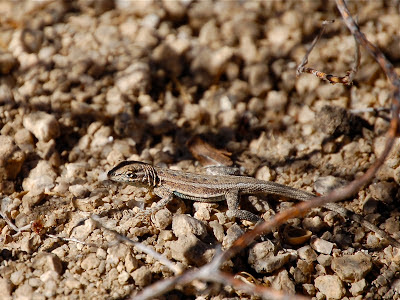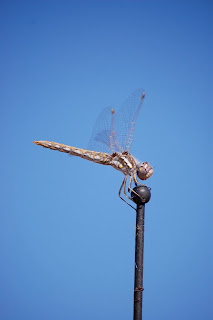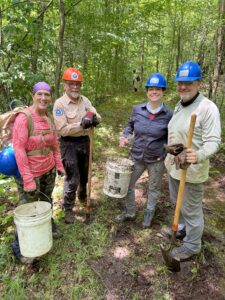Today we spotlight the WV project in the vast Mojave National Preserve, the 3rd largest unit of the National Park System in the contiguous US. Formerly named the East Mojave National Scenic Area and managed by the Bureau of Land Management, these striking 1.6 million acres were established as a preserve on Halloween in 1994 by the California Desert Protection Act, including a 695,000 acre wilderness area. Nestled between highways 15 and 40, the area offers many, many fascinating features and so much to explore. Towering mountain ranges present “sky island” forests of pinyon pine and white fir over great mesas, dry river beds and low-lying deserts featuring impressive sand dunes and beautiful Joshua tree forests.
An intriguing human history is here to explore alongside unbelievable geological and ecological fascinations. Notable features include the Kelso Dunes, the Marl Mountains and the Cima Dome, which features the largest and densest stand of Joshua trees in the world. Striking volcanic formations such as Hole-in-the-Wall and the Cinder Cone Lava Beds speak to the incredible geology. 2.5 billion year old rocks have been found on the Clark Mountains.
More recent human history can be seen in the preserve’s ghost towns, abandoned mines and the Kelso depot, now part of the visitor center. Prior to European contact, Mojave tribes such as the Chemehuevi, lived in the mountains and along the Colorado river eating prickly pear, mesquite and roasted agave blooms and hunting deer and bighorn sheep.
Despite appearing as a relatively barren landscape, the area is teeming with varied and interesting animal life including many species endemic to region or otherwise rarely found outside of the preserve. One such example is the Mojave Fringe-toed Lizard (Uma scoparia), which is specialized in its ability to “swim” under sand.
Birds, reptiles, rodents, and larger mammals all reside in the area, although where you might find them varies due to temperature, time of day and elevation. A large percentage of desert animals are nocturnal, or active at night, including desert rodents, bats, owls, mountain lion, skunks, and foxes. Other animals in the Mojave are crepuscular, active at dawn and dusk.
The low regions of the Preserve are arid, with creosote bushes dominating the landscape on over 70% of the Preserve, while the mountains offer varied environments with cooler temperatures. The service project we’ll be working on will be critical in removing invasive species of Russian thistle at the key moment before they go to seed. We will use a hula hoe, a tool specifically designed for removing thistle. We’ll camp at a comfy developed campsite with running water in the mountains which will serve as a prime location for the project as well as offering plenty of interesting options for us to explore in our free time. Learn more about the WV project in the Mojave National Preserve.








